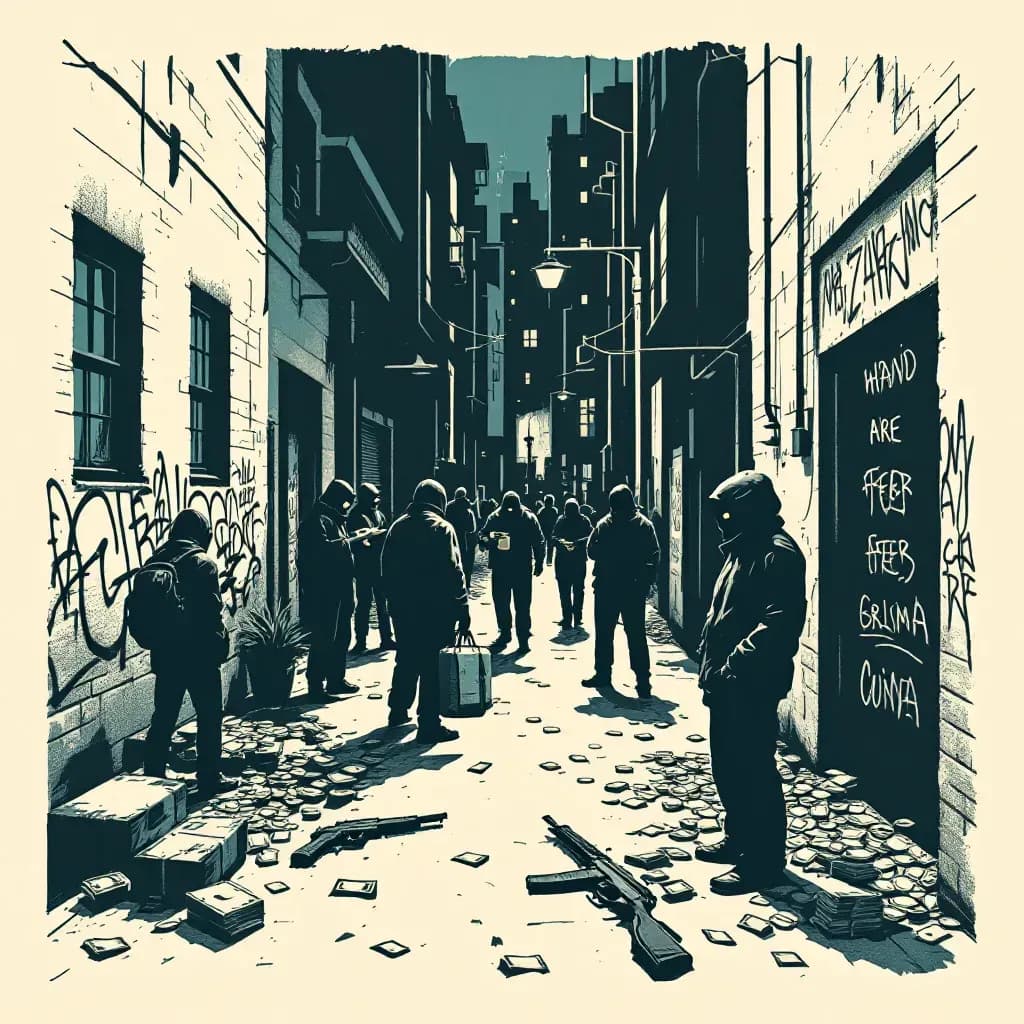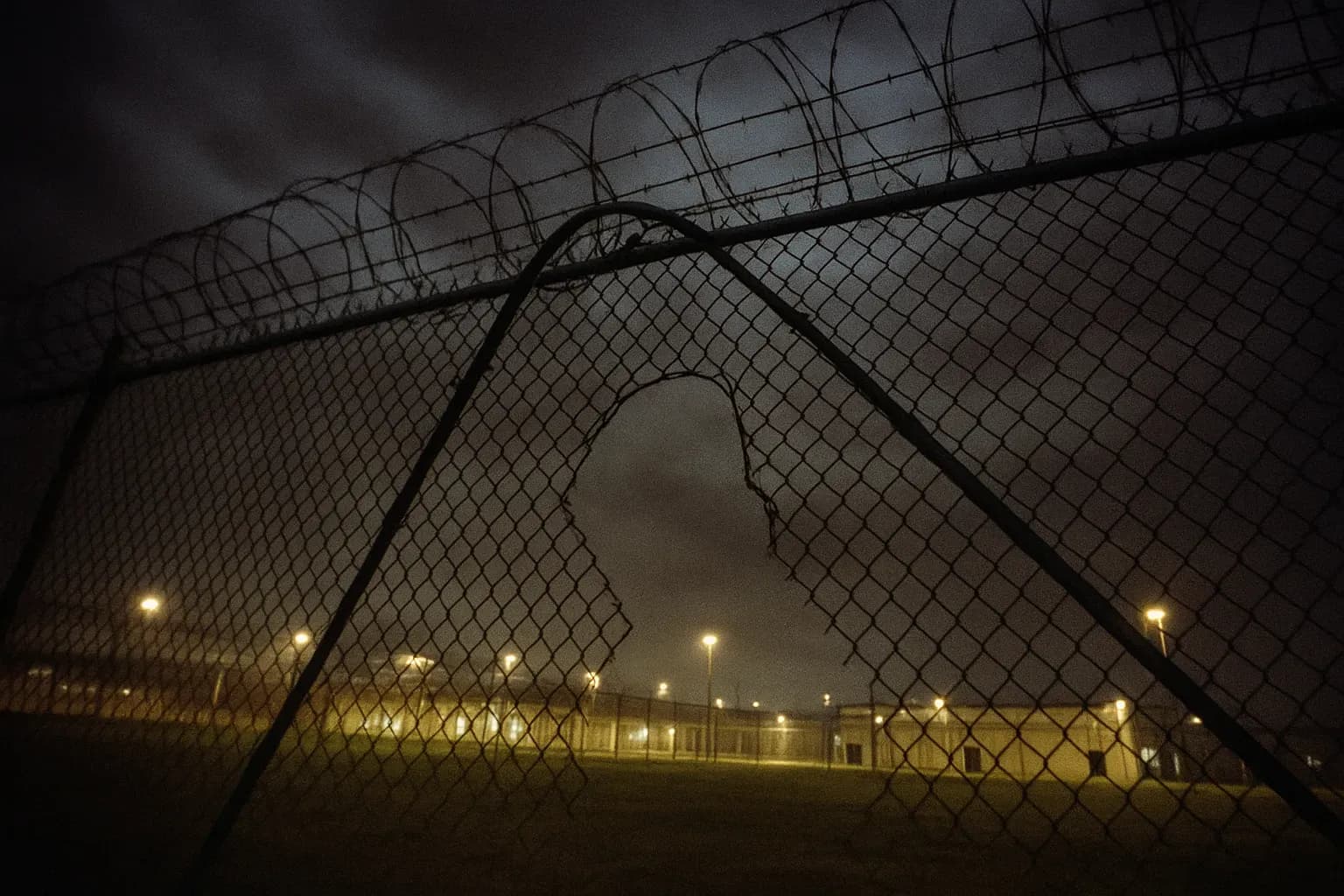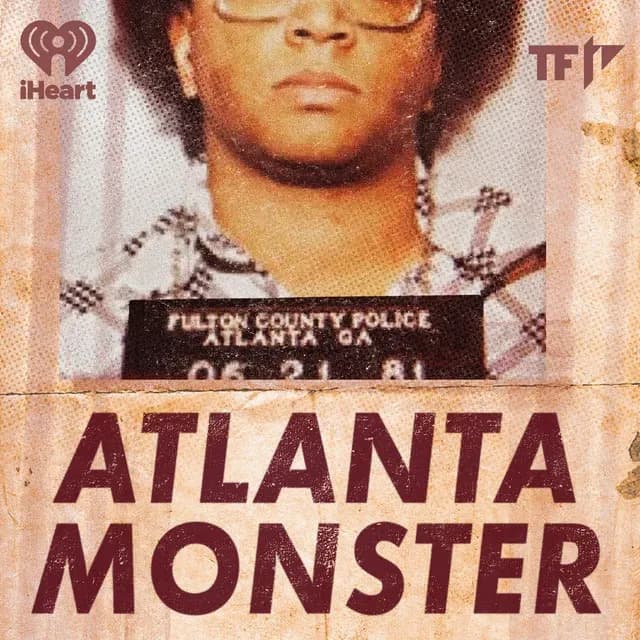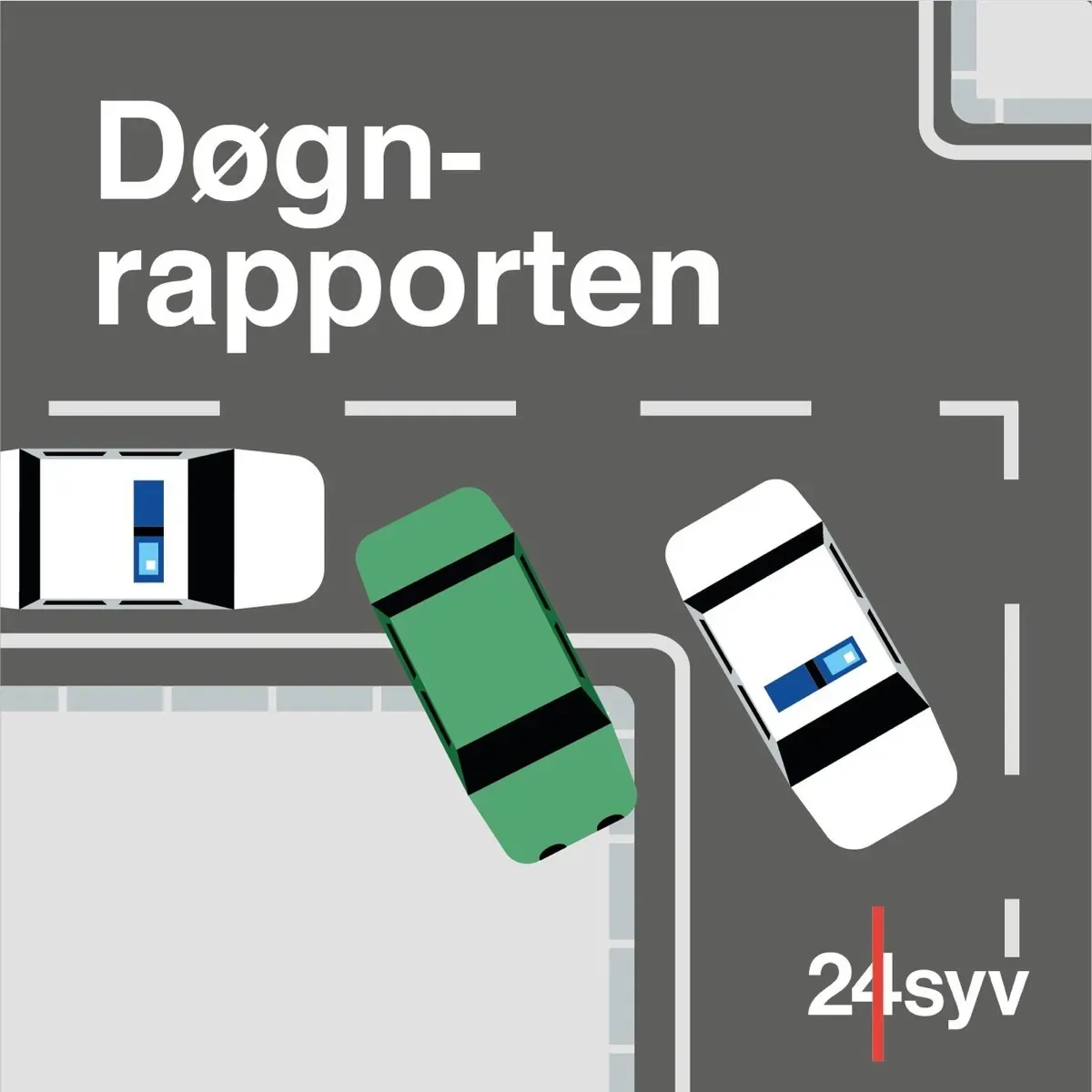
Gang crime
Understanding the organized underworld, its brutal methods, and the threat to society
What defines gang crime? From hierarchy and drug wars to the recruitment of youth – understand the organized threat and its societal consequences.
Understanding the organized underworld, its brutal methods, and the threat to society
Defining gang crime: From structure to brutal violence
Gang crime is a form of organized crime involving criminal acts committed by groups, often known as gangs. These are typically characterized by a hierarchical structure, established internal rules, and a strong, cohesive group identity. Such groups are rarely loose associations but rather well-organized entities whose main purpose is to carry out a wide range of criminal activities. This often includes profit-driven crimes like drug trafficking and arms smuggling, as well as power and control-based acts such as extortion, serious violence, and, in extreme cases, murder. The organized nature of gang crime makes it particularly harmful to society and difficult to combat. Members typically exhibit strong loyalty to the group and are often prepared to use extreme violence to defend the gang's interests, territory, or reputation.
Territory and youth: Why gangs challenge the police
A key characteristic of gang crime is its territorial nature. Here, rival gangs fight for control over specific geographical areas, often to dominate criminal markets, including the lucrative drug trade. Such gang conflicts regularly result in violent confrontations, which can include shootings in public spaces. This creates significant insecurity and fear in the affected communities, where citizens can feel caught in the crossfire. Recruitment, especially of young and vulnerable individuals, is another prominent feature of the gang environment. For these young offenders, the promise of belonging, status, and quick money can be highly appealing, even if it means embarking on a criminal path. The investigation of gang-related crime is extremely complex. It requires in-depth insight into the gangs' internal power structures, their encrypted communication methods, and the unwritten codes of loyalty and silence that dominate these subcultures. Furthermore, the widespread use of witness intimidation and a general fear of violent reprisals make it exceedingly difficult to get witnesses to cooperate with the police, further complicating investigations and the prosecution of perpetrators.
More than crimes: Gang crime's threat to society
A thorough understanding of gang crime is essential, as the phenomenon poses a persistent and serious threat to both social order and individual citizen safety. The manifestations of gang crime are diverse, and effectively combating it requires a sustained and multifaceted effort. This involves not only law enforcement agencies but also broader societal efforts focused on breaking cycles of violence, stemming the flow of drugs, and preventing new recruitment into gangs. This type of organized crime points to complex underlying social and economic factors that can contribute to its emergence and continued existence. Thus, gang crime is a profound societal problem that extends far beyond individual criminal acts such as violence, murder, and drug trafficking.
How does gang crime unfold in real cases of drug trafficking and violent confrontations? Delve into concrete examples of gang crime – find our harrowing cases below.
Posts Tagged “Gang crime”
33 postsShowing first 20 of 33 posts. Use search or filters to find more.



.webp&w=3840&q=75)















